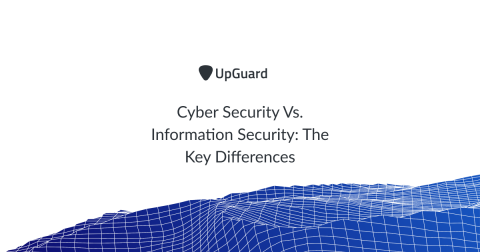Weekly Cyber Security News 02/08/2019
A selection of this week’s more interesting vulnerability disclosures and cyber security news. Such an amazing choice of juicy news articles this week! I will skip the seriously weird and rapidly escalating circumstances of the Capital One breach, and instead dive into the some of the more low key, but nevertheless interesting items. First up, and for those of you who post infosec articles, something you will understand: stock photos.








